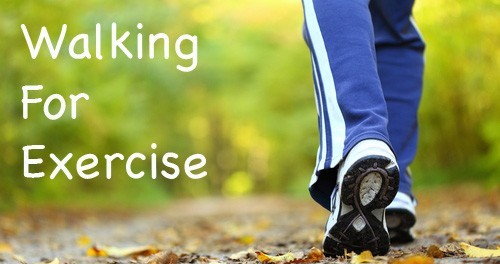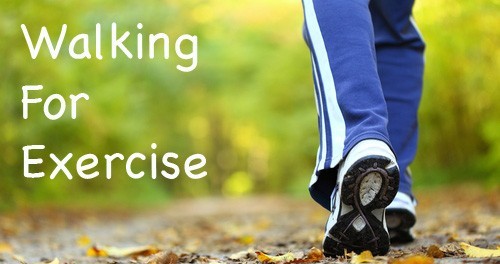Walk Talk Series
Time for Walking and The Fat Burning Zone
Best Time For Walking
What time of day is the best time to walk? The answer is – the time that you can and will consistently do your walking. Many people find that walking first thing in the morning is best – they get it done then and are energized for the rest of the day. Others can best carve out some time to walk during lunch or on breaks at work. And some find it best to walk in the evening. Set your time, make your commitment and get walking
Fat Burning Zone
In this zone of exercise intensity, the body uses stored fat for energy. At 60-70% of your maximum heart rate, 50% of your calories burned in this zone are fats, 5% are proteins and 10% are carbohydrates. The walker should first warm up by walking for 10 minutes at an easier pace. This will burn off the blood sugar and stored glycogen so that fat-burning can begin. Beginners and first time exercisers should start their walking program in this zone and progress to the next level as you become more fit. Walk in this zone for 30 minutes to an hour before cooling down for 5-10 minutes at an easier pace.
The Truth about the Fat burning Zone
The body does burn a higher percentage of calories from fat in the fat burning zone or at lower intensities. However, at higher intensities (80-85% of your maximum heart rate), you burn a greater number of overall calories, which is what matters when it comes to losing weight.
The chart below details the fat calories expended (by a 130-pound woman) during cardio exercise:
| Low Intensity – 60-65% MHR vs High Intensity – 80-85% MHR | ||
| Total Calories expended per min. | 4.86 | 6.86 |
| Fat Calories expended per min. | 2.43 | 2.7 |
| Total Calories expended in 30 min. | 146 | 206 |
| Total Fat calories expended in 30 min. | 73 | 82 |
| Percentage of fat calories burned | 50% | 39.85% |
In this example, the woman burns more total calories and more fat calories at a higher intensity. This is not to say you should only work out at a higher intensity or that you won’t lose weight if you don’t. High intensity workouts will help you bust through a plateau in weight loss and keep your workout moving forward or becoming complacent. low intensity exercise diffidently has it’s place. In fact, endurance workouts should be a staple of a complete fitness program along with shorter, higher intensity workouts or interval workouts, which are a great way to burn calories and build endurance. But remember, if you are new to exercise you should not push yourself too fast until your body becomes accustomed to the work to prevent injury.
Today’s Walk
- 15-30 minute walk at a comfortable pace
- Warm up with 5 minutes at a very easy pace
- Find a safe spot with a wall or pole to do a 5 minute easy stretching routine
- Now resume your walk at a comfortable pace
- End with 5 minutes of gentle stretching
If you are an advanced walker, try this Economy Workout to help build speed. Do this once a week and you will notice a difference in your speed ability and technique.
Economy Workout:
- Start, at an easy pace for 5-10 minutes
- Stop and do a stretching and flexibility routine for 5 minutes
- Resume at comfortable pace for a minute Walk as fast as you can for 30 seconds
- Slow to a comfortable pace for 2 minutes
- Repeat the fast-30 seconds/slow 2 minutes 8-12 times
- End with 5 minutes of gentle stretching and flexibility exercises
“Walking is good for solving problems – it’s like the feet are little psychiatrists.”~ Pepper Giardino
Set the Date
You’ve chosen a goal. It is realistic. You have a way to measure it. Now set a date for when you will achieve this goal. Now set dates along the way – 1 month, 2 months, etc. and what milestones towards that goal you will have achieved at those times.
Did You Know
The USDA recommends no more than 30% of your daily calories come from fat – that would be 53 grams of fat for a 1600 calorie diet. Each fat gram has 9 calories. Reading the labels of prepared foods can help steer you towards lower-fat options.



